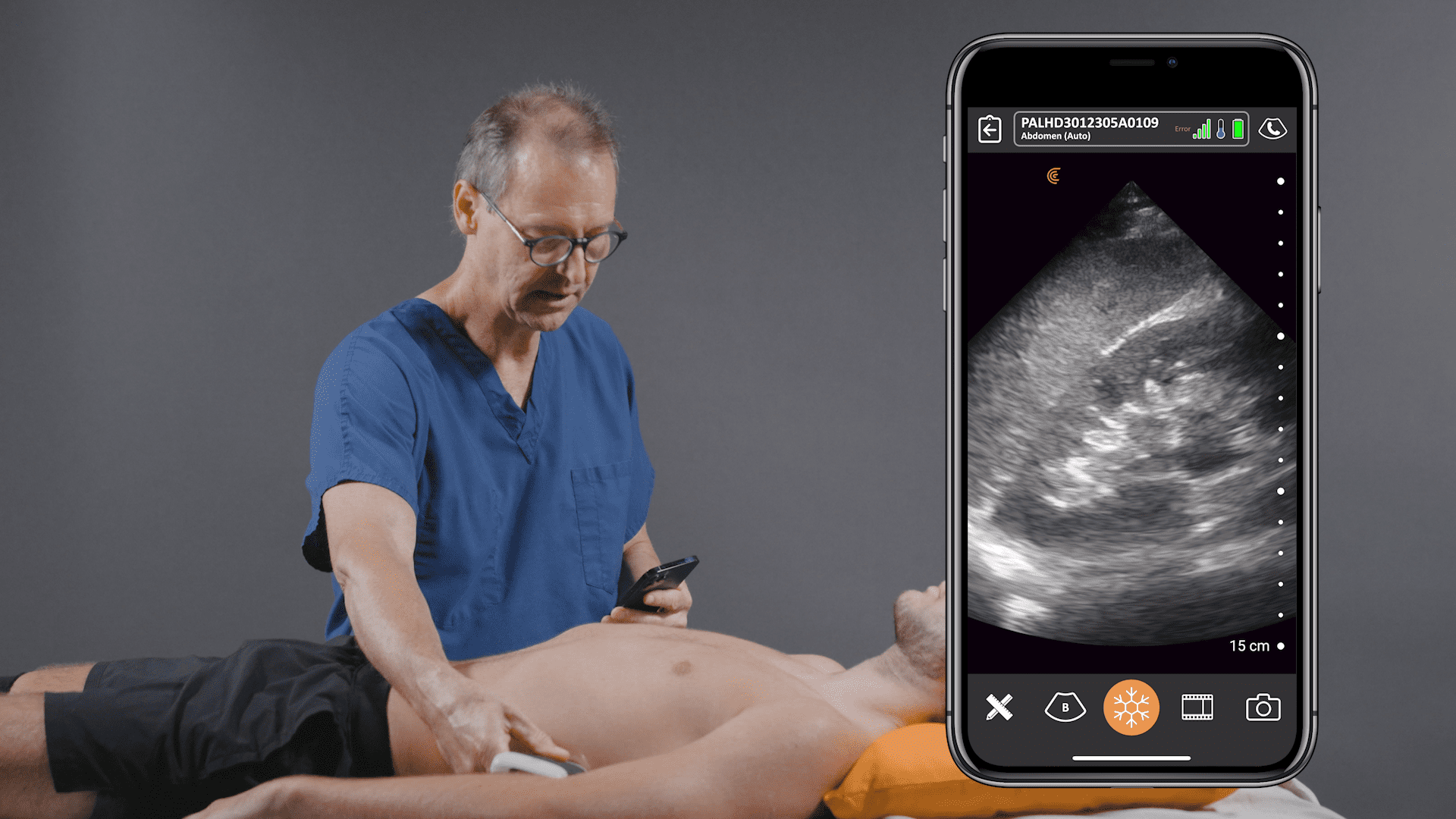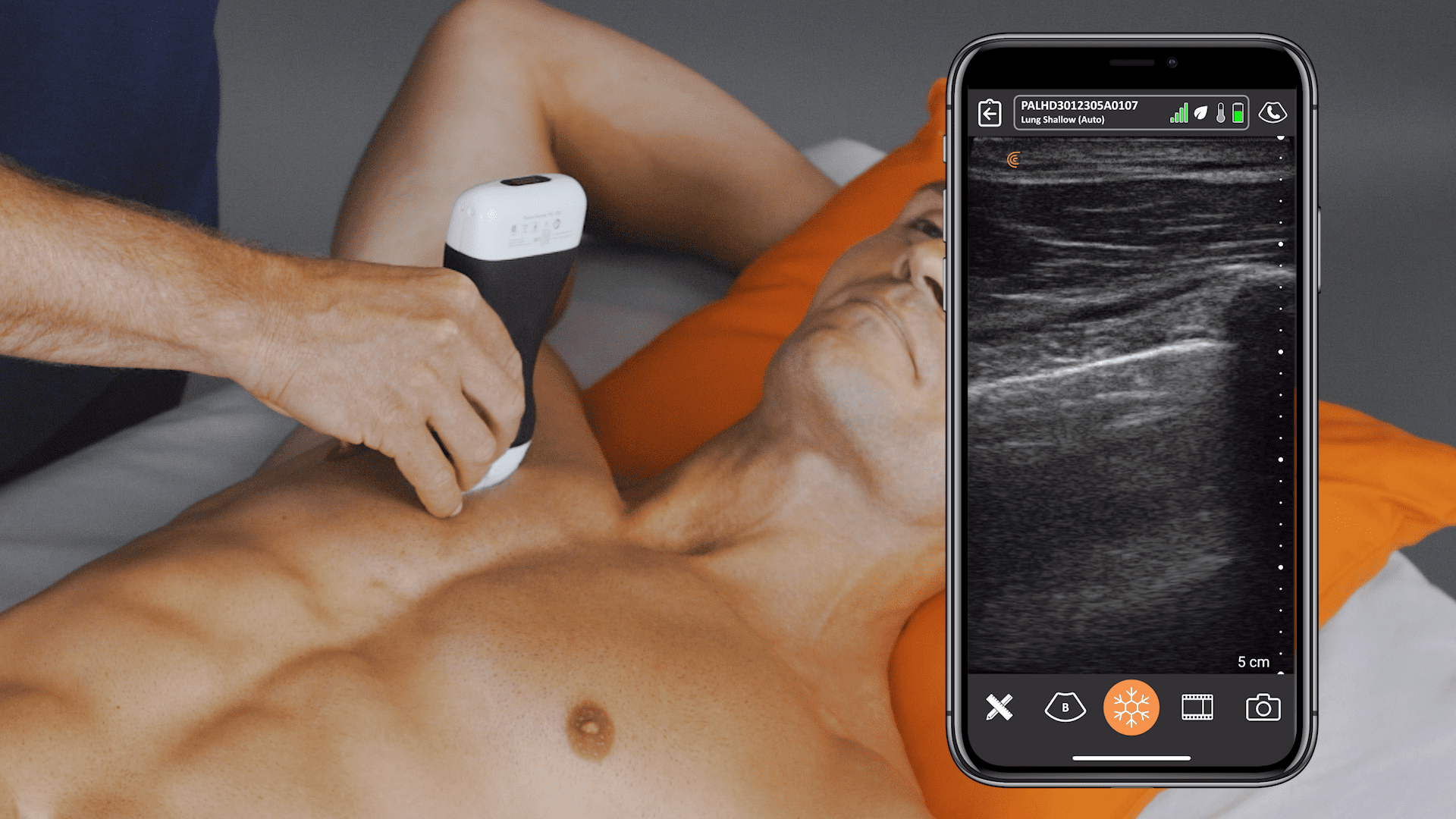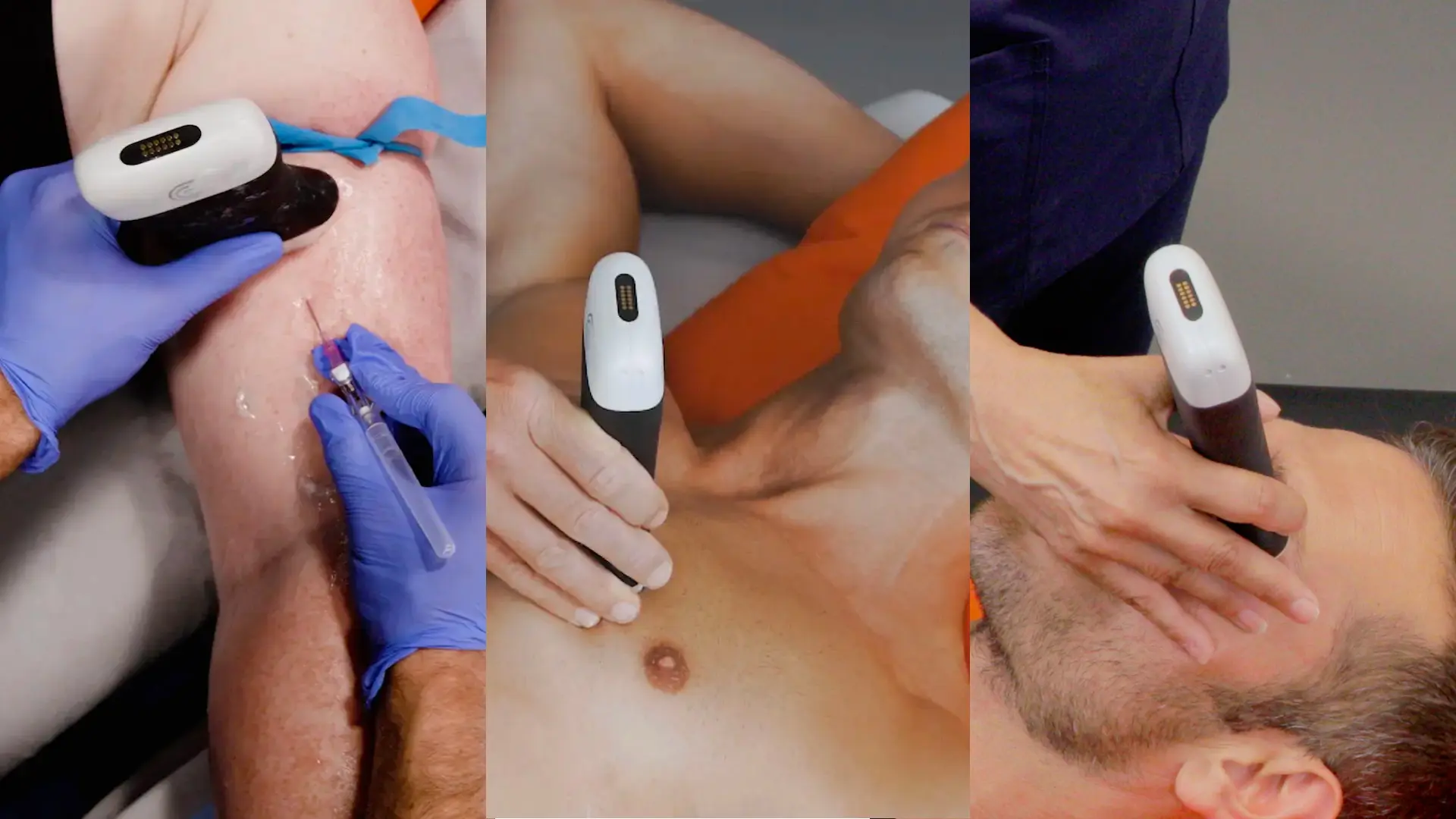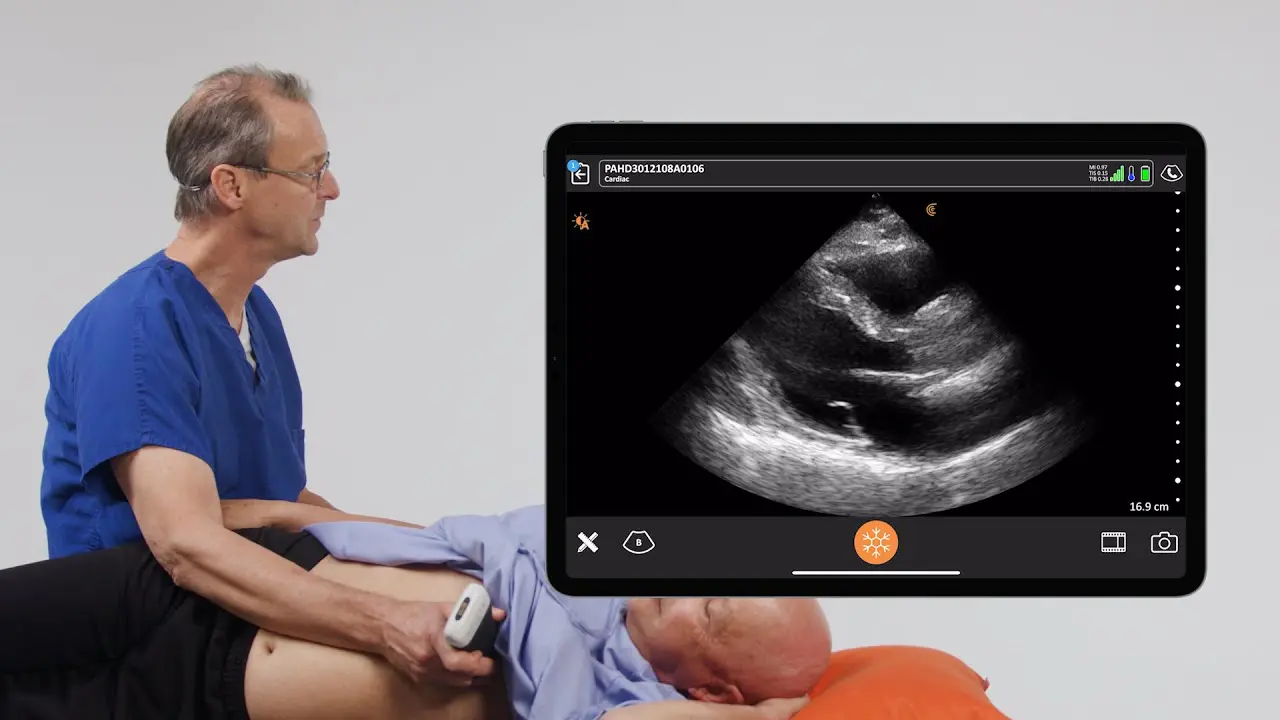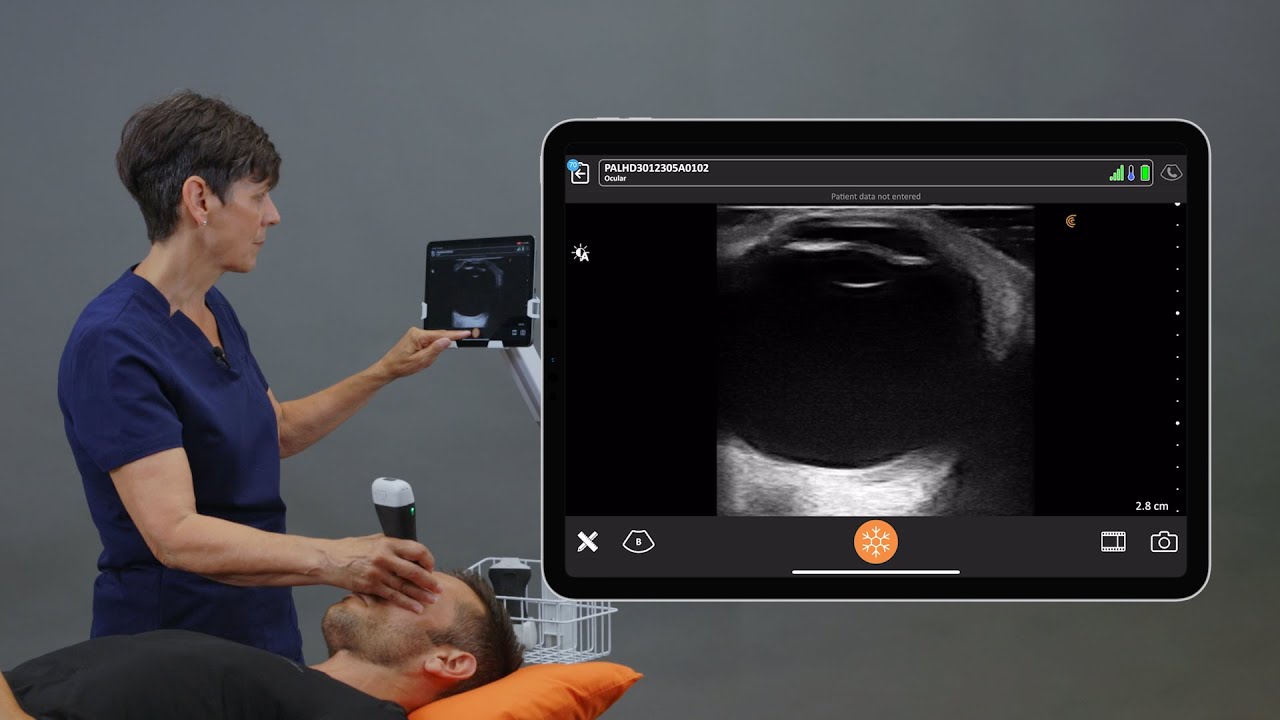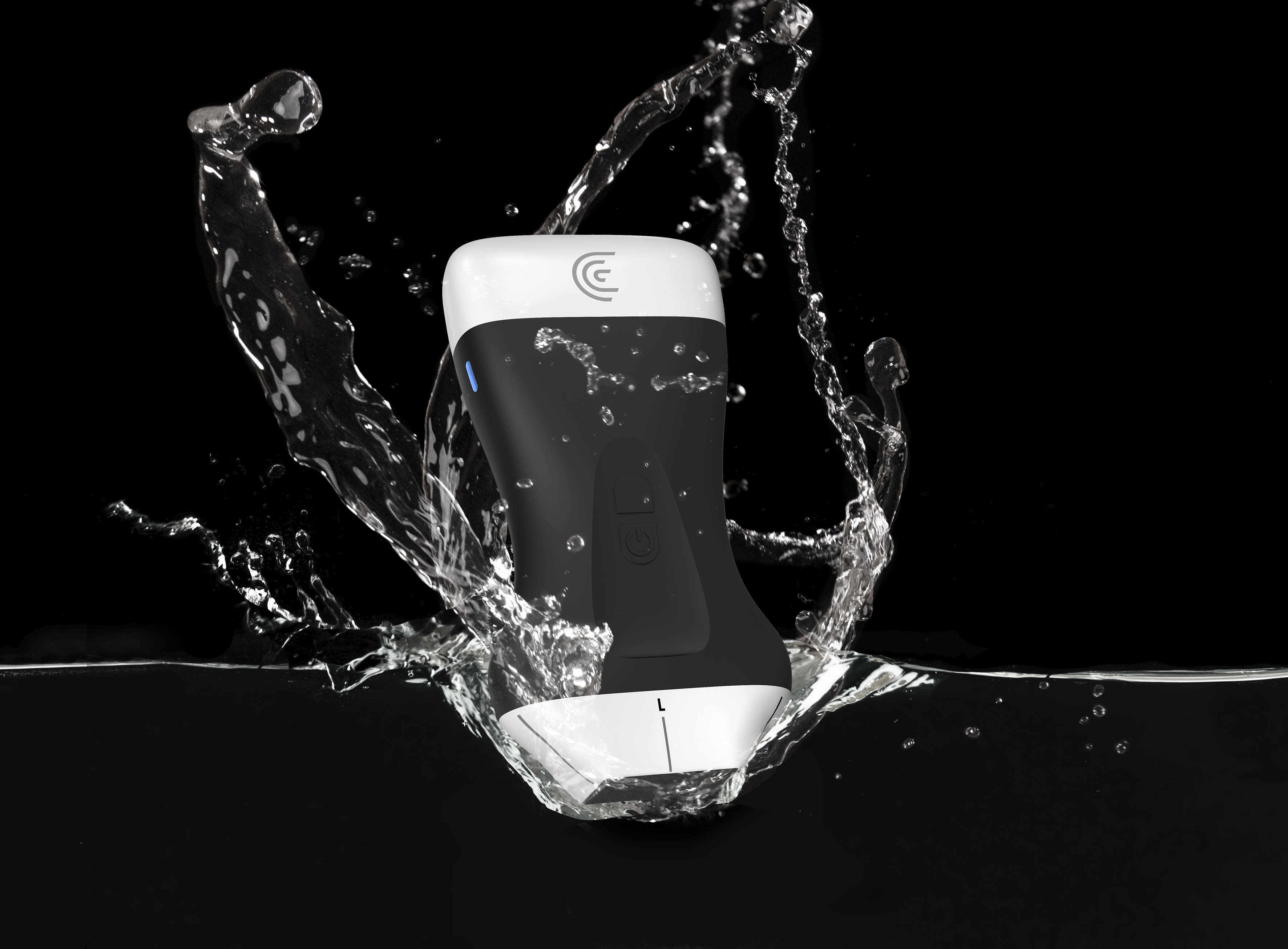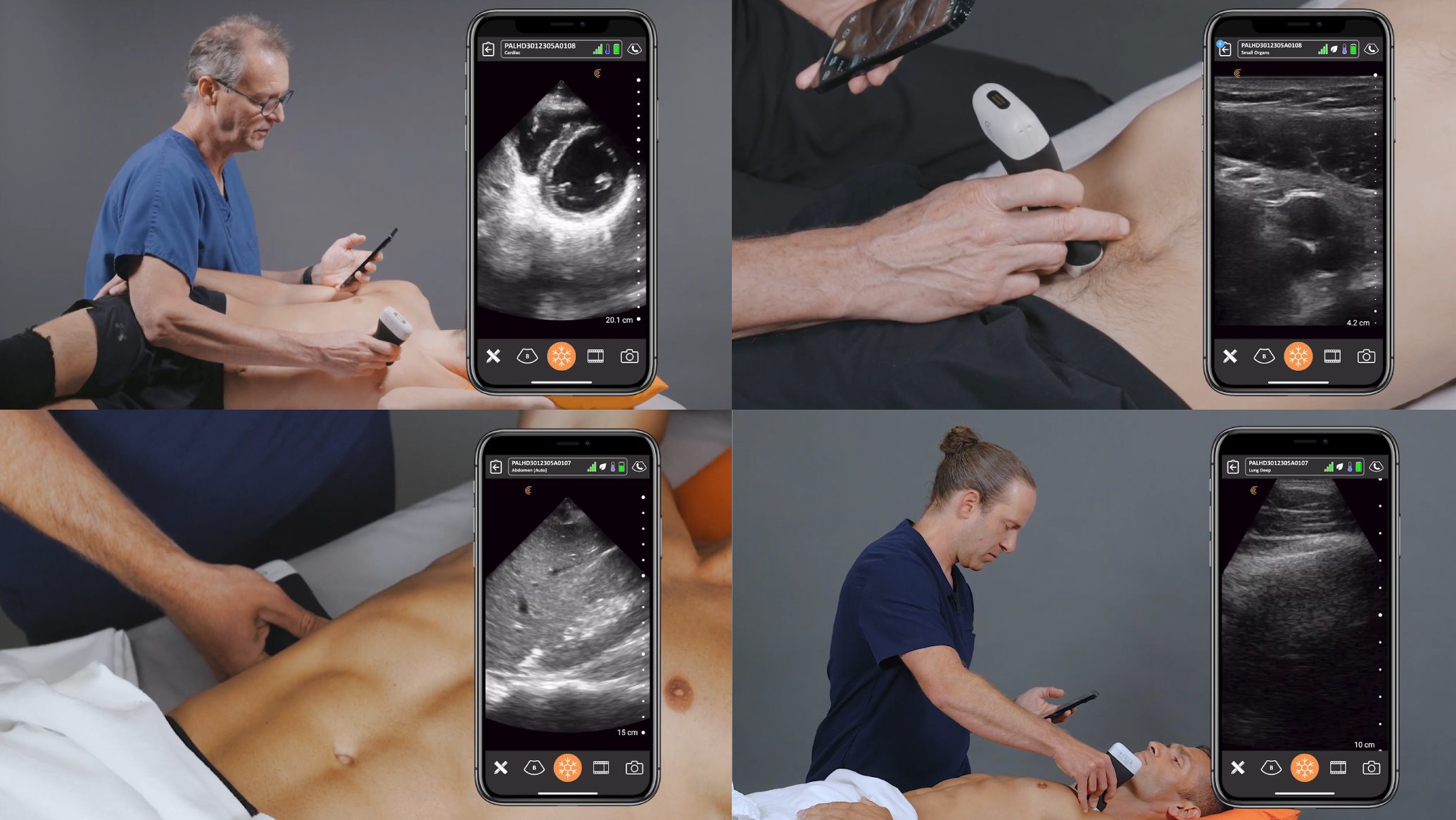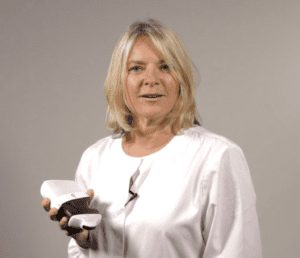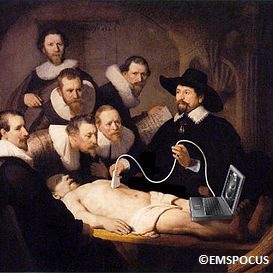
Over the past few years, point-of-care ultrasound (POCUS) has transformed many areas of healthcare. Affordable handheld ultrasound devices like Clarius are paving the way for more healthcare professionals to use ultrasound to enhance patient care.
Paramedic and FOAMed educator Branden Miesemer has written an interesting article at EMSWorld.com about the history of POCUS and its benefits in modern medical practice. Branden explains why the time is right to integrate POCUS into the medical process and how ultrasound will be the stethoscope of the future.
A few highlights:
- Ultrasound machines have gotten smaller and more affordable over time, and are now ready to replace the stethoscope in emergency medical services.
- Challenges to pre-hospital adoption include a reluctance to entrust diagnostic responsibilities to paramedics, and the high cost of training and equipment.
- Transducers make up a large part of an ultrasound machine’s cost – typically between $2000-$5000 per unit. But you really only need a linear and convex array transducer for the vast majority of EMS use cases.
- Paramedics should not be expected to conduct advanced exams like full cardiac evaluations. Instead, the greatest return on educational investment lies in simpler “yes or no” exams. Are the lungs inflated? Is there fluid present in the pericardium? Is the heart contracting normally?
- The utility of simple exams has already been proven in other diagnostic modalities. For example, EMS providers are often given a basic overview of 12-lead ECG so that they are able to diagnose the presence of STEMIs.
Read the full article on EMS World.
